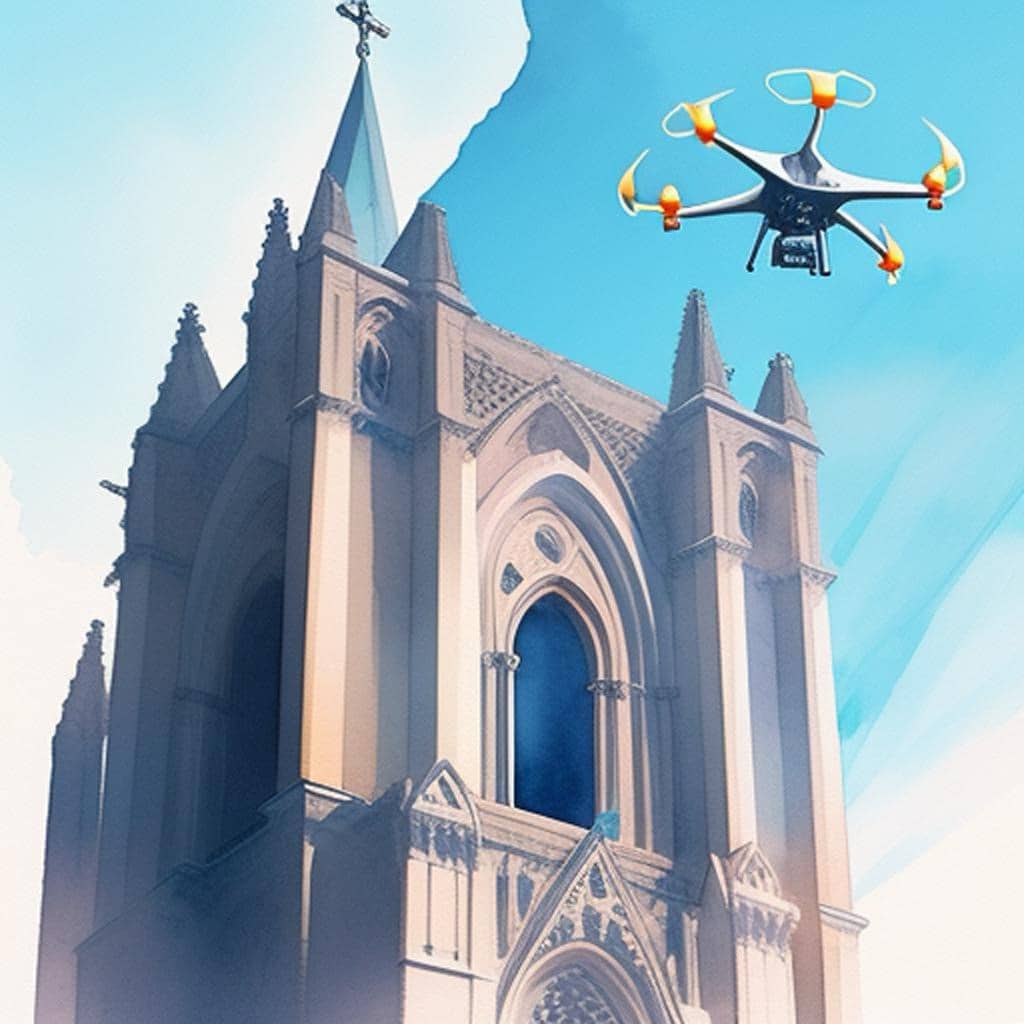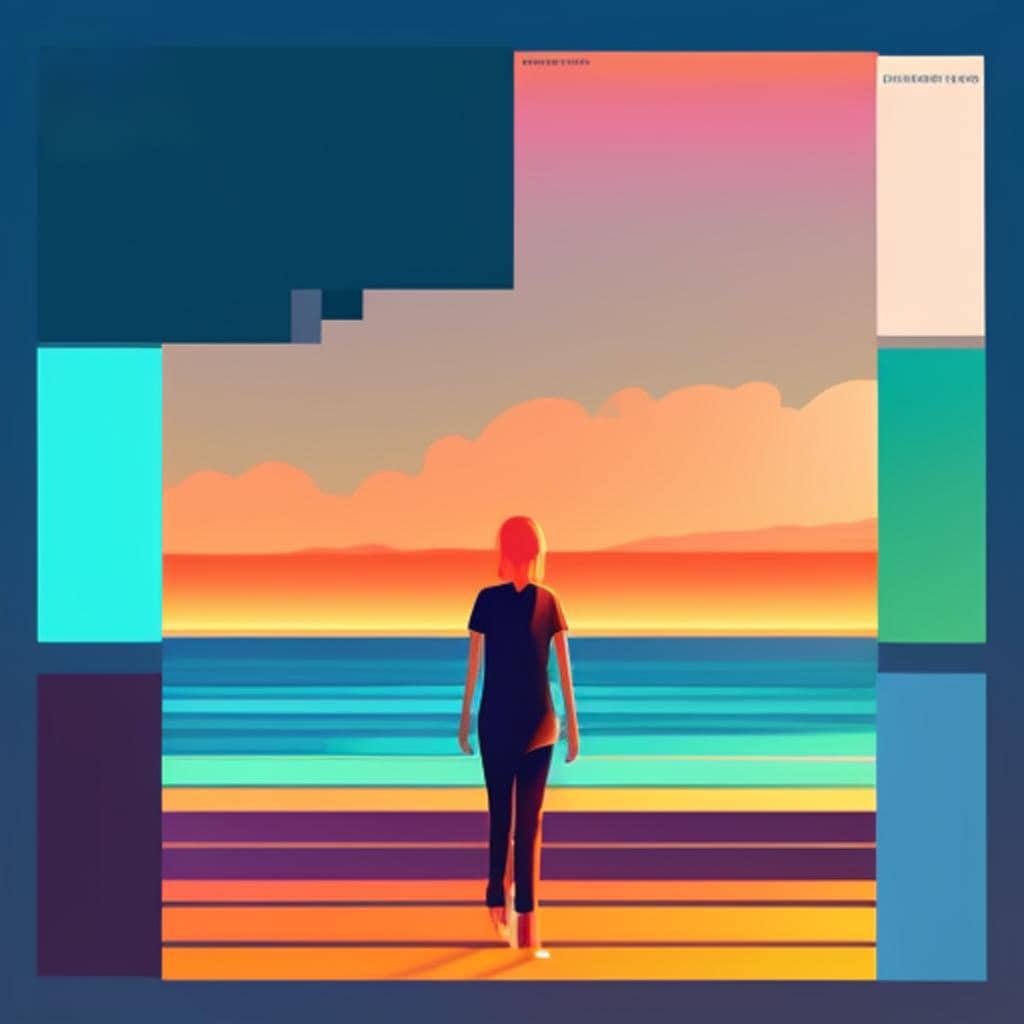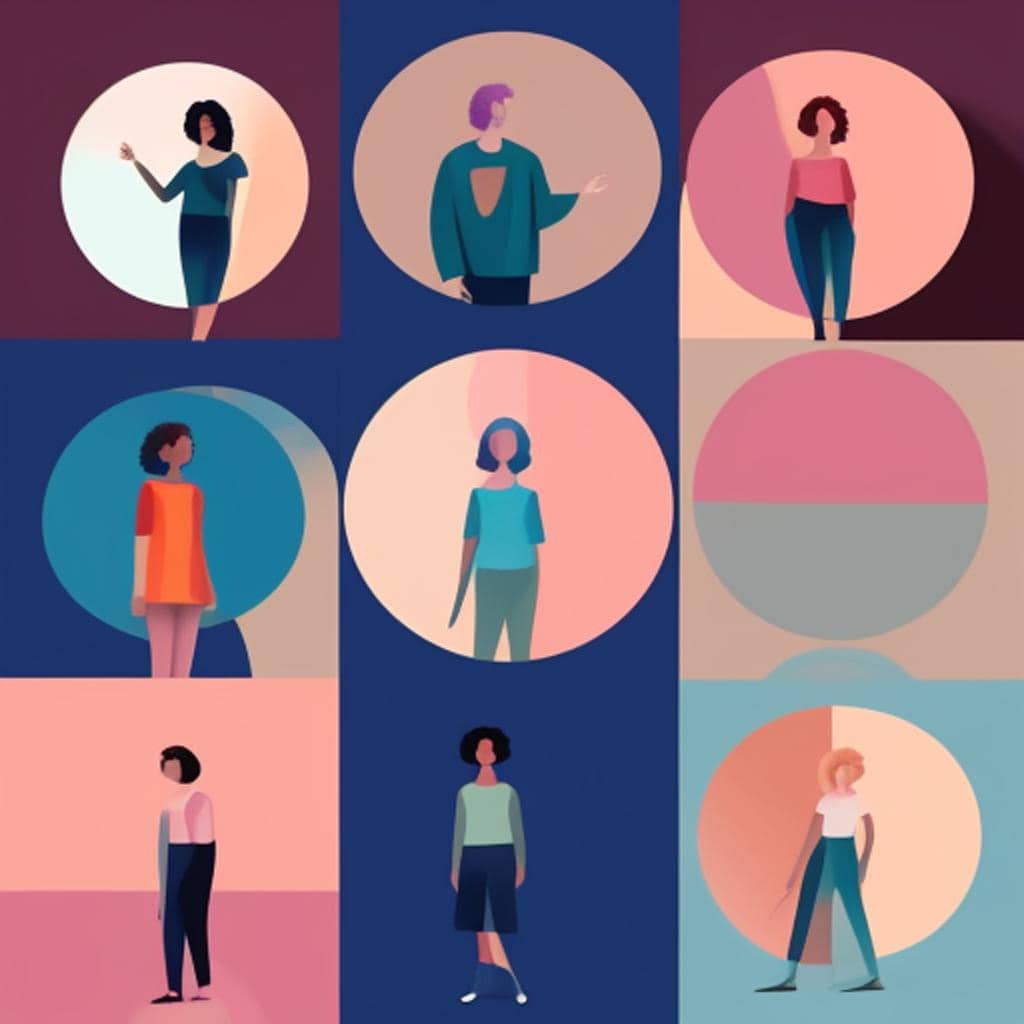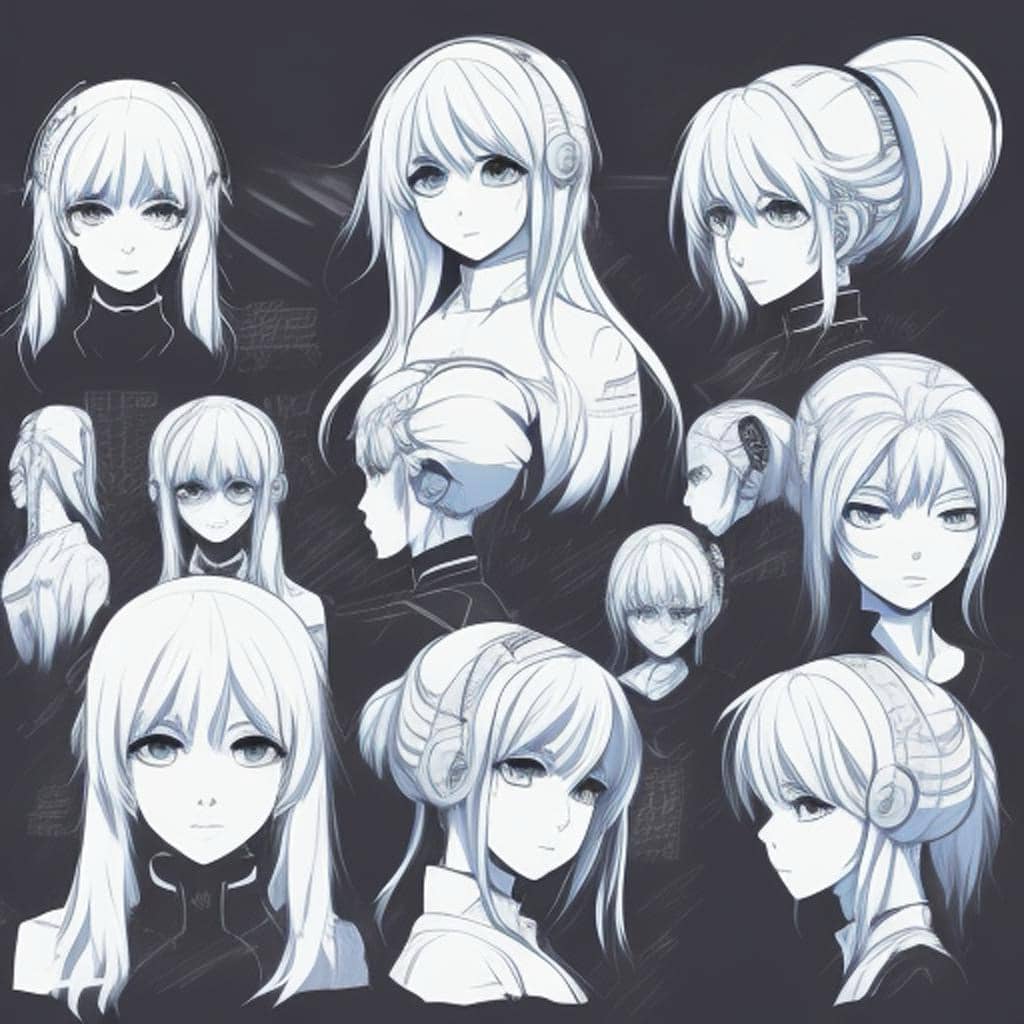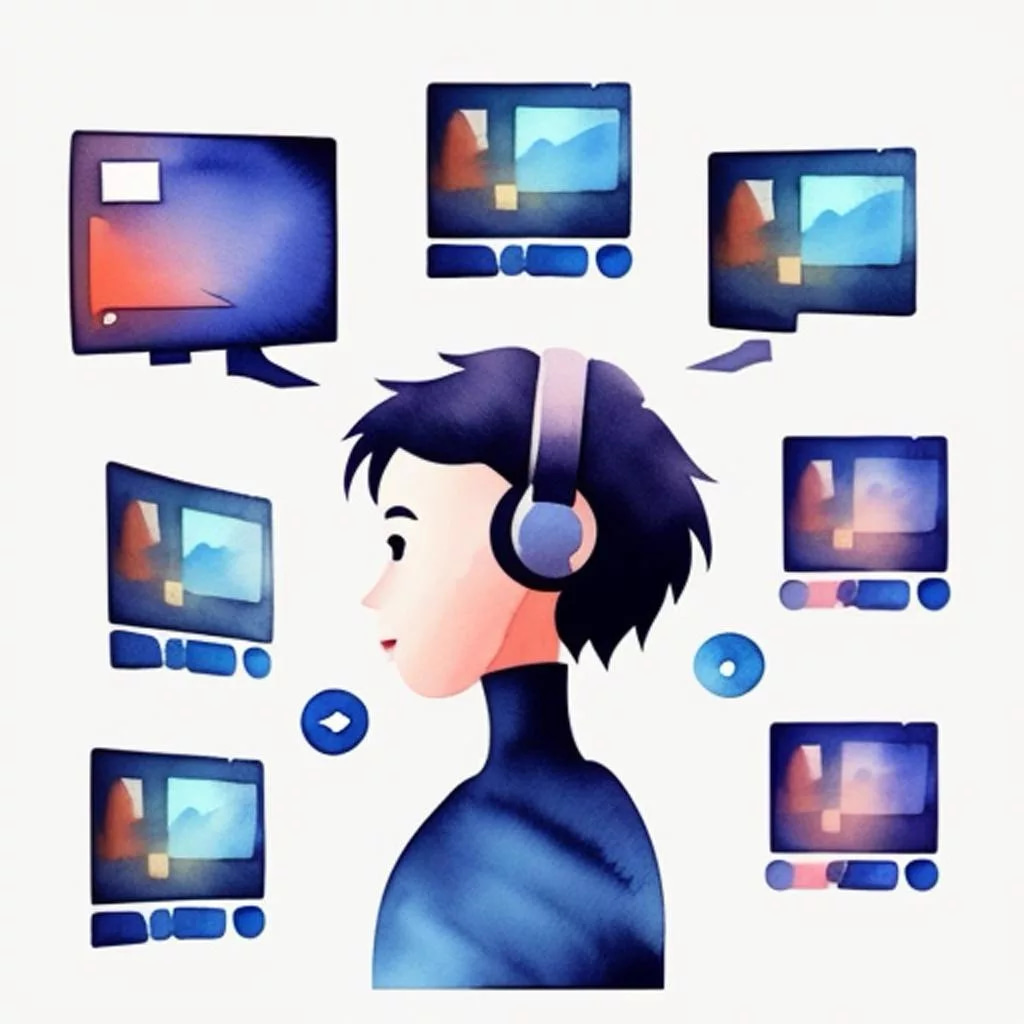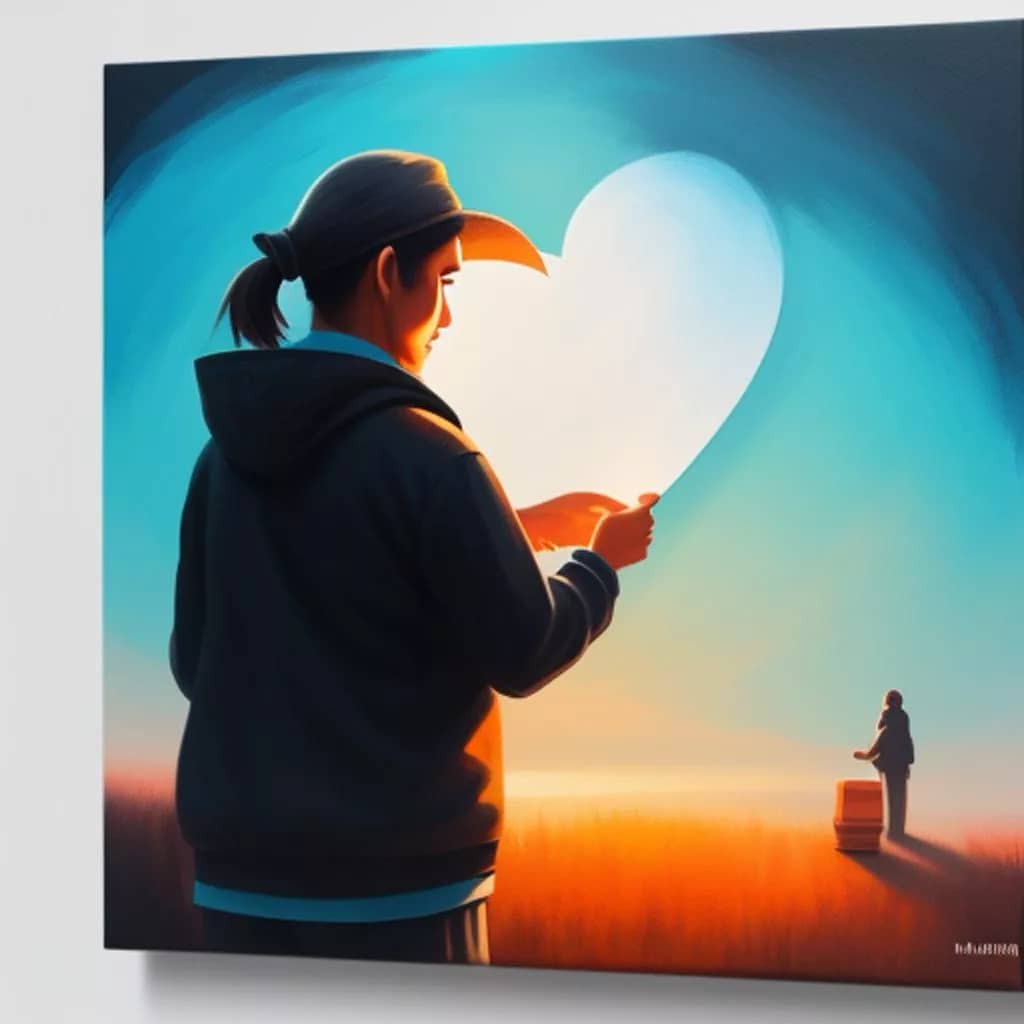Studying is more than theory
Studying ranking can be relevant in the context of video production, especially in the realm of cinematography and visual storytelling. Understanding how to frame shots, use camera angles, and employ visual techniques can impact the overall quality and effectiveness of a video production.
In cinematography, camera placement and shot composition often involve considerations of ranking. Different angles and positions of the camera can create different visual effects and convey various emotions or messages to the audience. For example, a high-angle shot may make a character appear vulnerable or small, while a low-angle shot can make them seem powerful or imposing. Understanding these ranking techniques can help filmmakers convey their intended messages effectively.
However, it’s important to note that the term “ranking” may not be commonly used in this context. Instead, filmmakers and cinematographers may refer to camera angles, shot composition, or visual storytelling techniques. Nevertheless, the study of these principles is crucial for anyone involved in the production stage of video creation to achieve the desired visual impact.
The Art of Visual Storytelling Exploring Cinematic Ranking in Video Production
In the world of video production, the art of visual storytelling is a cornerstone of success. While storytelling often revolves around narrative and script, the visual component is equally crucial. Cinematic ranking, although a term not frequently used, plays an essential role in shaping the visual narrative. It encompasses camera angles, shot composition, and various visual techniques that cinematographers and directors employ to convey emotions, messages, and themes. In this comprehensive exploration, we delve into the significance of cinematic ranking in video production and how it contributes to the creation of captivating visual stories.
Cinematic Ranking, The Unseen Language of Film
Cinematic ranking is the language of film. It’s the silent dialogue between the director, cinematographer, and the audience. While it may not be a term that’s commonly discussed, its impact on the storytelling process is undeniable. Essentially, it refers to the positioning of the camera in relation to the subject or scene, and it can profoundly affect the way an audience perceives a story.
The Power of Camera Angles
One of the fundamental aspects of cinematic ranking is camera angles. These angles are like the storyteller’s paintbrush strokes on the canvas of the screen. They have the power to influence how viewers perceive characters, situations, and emotions. For example:
- High-Angle Shots: A camera placed above the subject can make them appear vulnerable or small. This angle is often used to evoke sympathy or emphasize a character’s powerlessness.
- Low-Angle Shots: Conversely, a low-angle shot looking up at a character can make them seem powerful or imposing. It can convey a sense of authority and dominance.
- Eye-Level Shots: These shots create a natural and relatable perspective, allowing the audience to connect with characters on a personal level.
- Dutch Angle: Tilting the camera creates a disorienting effect, suggesting tension or unease in the scene.
Shot Composition Framing the Story
Another crucial aspect of cinematic ranking is shot composition. How the elements within a frame are arranged can significantly impact the storytelling. The rule of thirds, leading lines, and the balance of positive and negative space are just a few compositional techniques that filmmakers use to guide the viewer’s eye and convey meaning.
Visual Techniques Conveying Emotion
Cinematic ranking goes beyond camera angles and shot composition; it also involves various visual techniques. Lighting, for instance, can set the mood and atmosphere of a scene. High-key lighting creates a bright and cheerful atmosphere, while low-key lighting can evoke mystery and suspense.
Visual effects, color grading, and post-production techniques further enhance the storytelling. They allow filmmakers to transform a mundane scene into a fantastical world or convey a sense of nostalgia through color choices.
Conclusion: The Silent Language of Cinematic Ranking
In the realm of video production, cinematic ranking is the silent language that speaks to the audience’s subconscious. It shapes perceptions, conveys emotions, and underscores the narrative’s themes. While it might not be a term often discussed, it’s a fundamental element of visual storytelling that every filmmaker and video producer must understand and master.
As we peer behind the scenes of video production, we discover that every camera angle, every composition, and every visual technique is a deliberate choice, a brushstroke on the canvas of storytelling. Cinematic ranking, in all its subtlety, is what transforms a sequence of images into a compelling, memorable, and emotionally resonant visual story. It’s the invisible hand that guides the audience on a journey of sights and emotions, making the art of visual storytelling a powerful and unforgettable experience.
Camera angels
A drone executing all those camera angles whilst shooting a cathedral
In the vast expanse of azure skies so high,
A drone takes flight, a sentinel to the eye.
Above a hallowed place of ancient grace,
It captures angles with its steady embrace.
Verse 1: The Soaring Ascent
With gentle whir and propellers whine,
It climbs aloft in a steady incline.
Aerial view, a perspective divine,
Above the earth where the cathedral shines.
Verse 2: The High-Angle Gaze
From heavens above, it looks below,
A high-angle view, a celestial show.
The cathedral stands, a monument bold,
Its grandeur and splendor to behold.
Verse 3: The Low-Angle Reverence
Descending now, the drone does explore,
A low-angle shot, like never before.
Cathedral spires reach for the sky,
In the lens of the drone, they magnify.
Verse 4: The Eye-Level Connection
Eye-level next, it hovers and spies,
The entrance adorned, a portal to skies.
With viewers on screens, a visual connection,
The drone captures moments of deep introspection.
Verse 5: The Dutch Angle’s Tale
A twist, a tilt, a Dutch angle’s sway,
Conveying tension in a unique display.
The cathedral’s story takes a different route,
As the drone tells a tale of mystery and doubt.
Verse 6: The Framing, the Light, the Color’s Dance
Shot composition, a frame within frame,
Guiding the eye with an artist’s aim.
The sunlight bathes the cathedral’s face,
In colors and shadows, a sacred grace.
Verse 7: Post-Production’s Magic Unfurls
Back on the ground, the work is not done,
Post-production magic has just begun.
Visual effects, color grading’s delight,
Enhance the footage, making it bright.
Verse 8: The Drone Returns to Its Rest
As the drone descends with the day’s work complete,
It returns to its pilot in a gentle retreat.
The cathedral captured in angles so fine,
A visual masterpiece, frozen in time.
In the realm of drones and technology’s wing,
A cathedral’s beauty takes flight in a sling.
Through angles and lenses, it’s brought to the fore,
A digital treasure, forever to adore.
So, as the drone returns to its silent repose,
The cathedral stands, its history it knows.
A partnership forged, in the sky’s vast array,
A timeless masterpiece, in pixels will stay.
Good luck with your camera angles
Featured videos

